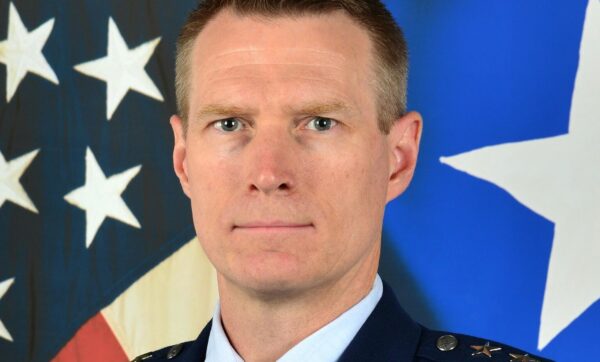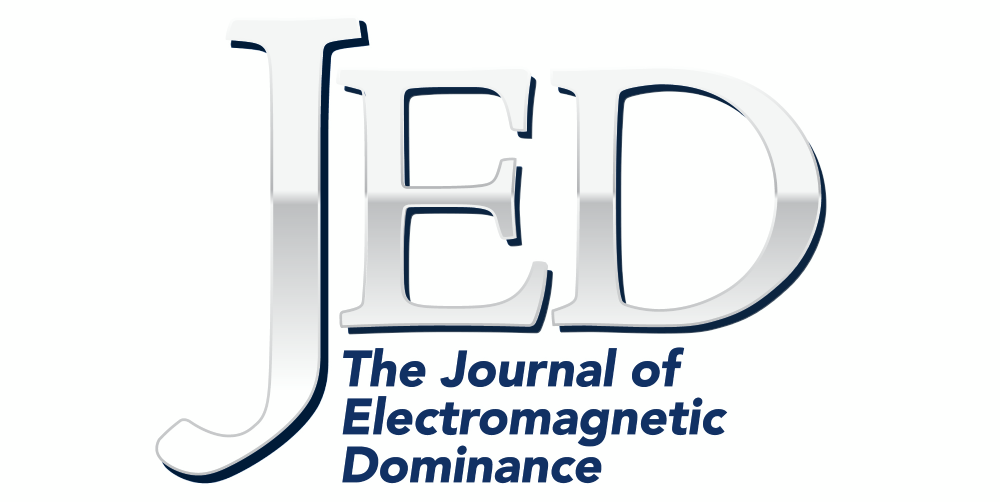
One of the Wednesday keynotes of AOC 2023 was delivered by Lt Gen Lance Landrum, USAF (Ret.), who recently retired after serving as the 23rd Deputy Chair of NATO from October 2021 through September 2023. General Landrum shared his insights on the alliance and EMSO, focusing on the current security environment, NATO adaptations to new security challenges and his recommendations on ways in which NATO EMSO could evolve. In an earlier assignment, while serving as Deputy Director for Requirement and Capability Development (J8) on the Joint Staff, General Landrum was also a deputy director of the EMSO Cross Functional Team, which developed the DOD’s 2020 EMS Superiority Strategy. His knowledge of NATO, combined with his EMSO experience, provided for a very interesting keynote about NATO EW.
General Landrum explained how Russia has become NATO’s top security challenge beginning with its 2008 conflict in neighboring Georgia. After the disastrous beginning to its full-scale invasion of Ukraine in 2022, Russia has been learning from its mistakes and honing the effectiveness of its EW forces to help reinforce its defensive lines in eastern Ukraine over the past year. Ukraine, he said, has also learned important lessons, especially over the past summer. Its military leaders think EW is one area that can be bolstered to help restore a maneuver approach to its fight with Russian forces.
General Landrum also provided an overview of the major EMS-related organizations in NATO, including the NATO Electromagnetic Warfare Advisory Committee (NEWAC), which operates under the NATO Military Committee. The NEWAC, which released a NATO EW Strategy in 2019, operates two groups: the NATO EW Working Group (NEWWG) and the NATO Emitter Database Group (NEDBAG).
He also mentioned the Joint EW Core Staff (JEWCS), which is responsible for training NATO forces. “[The JEWCS], I’m very happy to report, is moving back under the NATO command structure in the coming months and years,” Landrum explained. “And that is an important shift because [organizations]under the NATO command structure are eligible for common funding. That, I think, is important, because where there is money, there is priority. And where there is money, there is capability development.”
On the policy side, General Landrum suggested there is room for NATO to improve the way it organizes for EMS-related capabilities planning. He described the Council of National Armament Directors (CNAD), which handles acquisition among the NATO member states. He said the CNAD is organized with individual armament groups for Air, Land, and Maritime programs, with EMS matters spread across those groups. “Spectrum issues and spectrum capability and spectrum requirements are sort of taken up under those armament groups,” he said. “Does that story sound familiar? Right, electromagnetic operations being sort of federated, being spread out, being “peanut butter” spread with no particular group that’s focusing on it? Well, there are some challenges in the NATO headquarters right there, and that might be one of them.”
Having explained the organization of NATO from an EMS perspective, General Landrum then went on to discuss how EMS policy and priorities can receive greater attention within the alliance. By building on NATO’s 2019 EW Strategy, he said EMS advocates within NATO can work to make EMS a policy priority and encourage member states to invest in EW programs. “First and foremost, there needs to be an influence of the political motivation and political prioritization of the spectrum,” he said. “This is nothing new, right? It’s the same thing that we’ve seen the United States. So top-down, the nation’s governments in their capitals need to be motivated for the prioritization and importance and criticality of the electromagnetic spectrum and superiority in the spectrum. That’s their ministries of defense, ministries of the interior, and ministries of foreign affairs. So anything anyone can do to influence those organizations, to help them understand the story of the spectrum, is going to be important.”
He then explained how EMS advocacy from the military officials in these nations can also help. “The bottom-up from the military side is military requirements, based on exercises, training, evaluations and things like that – so there’s some data behind that. Military judgments that work from the bottom-up to meet with a political motivation, with military requirements, to say, ‘Hey, listen, this is incredibly important.’ And if we create that momentum, then all this bureaucracy within NATO – the working groups and the committees – start to get momentum. Some political areas to influence would be things like the comprehensive report on deterrence and defense that’s worked up every year in advance of the NATO summits. If you can just get a paragraph in there, and language in there, on the importance of the spectrum and moving out and developing capabilities and superiority, then things stem from that. From the military side, including electromagnetic operations as a training discipline, including it in exercises in the training environment, making sure that it is written into the operational war plans, will be incredibly important to help define those requirements.” These efforts will help to elevate EW in the NATO defense planning process, as well as the minimum capability requirements development process. However, he emphasized that the momentum for this has to come from the member nations.



